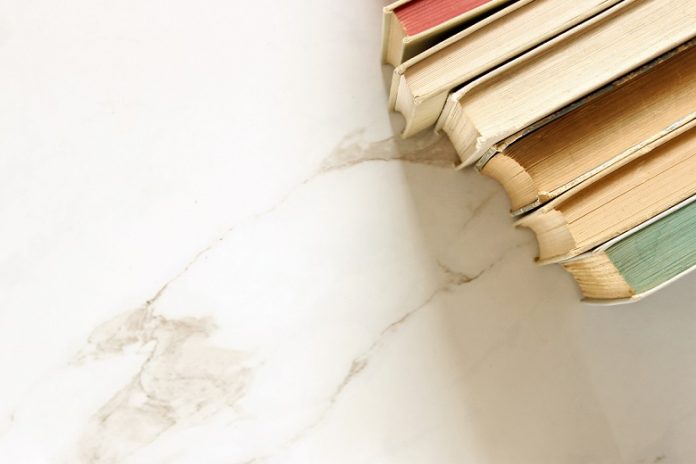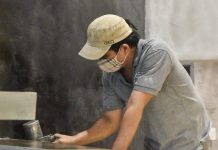Marble has always been an incomparable source of inspiration: whether it is used in construction, architecture, design or art, it is a material able to give life to uniquely elegant creations, that can be both modern and classic and, above all, never get old.
Marble as a material is not the only element to stimulate curiosity and amazement: even in the form of a book, in fact, it can give new information and nuances to its own history, functionality and aesthetic. If you happen to be interested in some reading about marble, here are our suggestions!
“L’Arte del Marmo” by Adolfo Wildt
Publisher: Abscondita
Adolfo Wildt (Milano 1868-1931) was an important sculptor and expert in marble. This 1921 book contains his theories and, starting from 1926, their practical realization at Milan’s Accademia di Brera, in the so-called “Officina milanese.” This book is the legacy of the maestro for his students: Wildt knew all the secrets of the art of working marble, “a living, sound, and splendid matter, that I have loved ever since I was a young boy, of a febrile and desperate love,” about which he talks in these pages with passion, continuous references to the past, and in an engaging way, making the reading pleasant also for those who are not experts in the field.
“Splendor marmoris. I colori del marmo, tra Roma e l’Europa, da Paolo III a Napoleone III” by Grégoire Extermann and Ariane Varela Braga
Publisher: De Luca Editori d’Arte
The Roman civilization gave shape to some of the most famous marble artworks in the world: a symbol of luxury, power and prestige, imperial marbles found a new life in the following centuries, becoming an absolute source of inspiration in European courts in 1500. This book retraces the phenomenon of the use of colored marble in architecture, décor, and sculpture, with an overview that starts from the reign of Paolo III Farnese and ends in the 1800s. A real celebration of Roman art in every single one of its nuances, or in those of its marbles.
“Impara il marmo” by Gabrielle Rovai
Publisher: Gangemi
Founded in 2001, DARC, the Directorate General for Architecture and Contemporary art, deals with the preservation, protection, restoration, promotion and valorization of the architectural works and artworks of the present time. This volume underlines the dignity of today’s marble creations and the way in which they pay tribute to the tradition, despite having innovation as their main feature. In other words, it is a collection of “Notebooks” dedicated to the traditional artistic techniques applied to the more modern forms of creativity, in collaboration with professors, artists and experts in the single artistic and technological sectors.
“Marmi antichi” by Gabriele Borghini
Publisher: De Luca Editori d’Arte
A focus exclusively on the working of marble, ideal for restorers, art historians, and those curious about the subject. From the study of natural stone to its working, in a time span that goes from the Egyptians to the Romans and Medieval innovations. All complete with a repertoire of the various types of marbles, with all the guidelines for recognizing them and evaluating their aesthetic and structural features.
“Manuale dei marmi pietre e graniti” by Enrico Corbella and Renato Zini
Publisher: Vallardi
Made of 3 volumes, this manual deals with a number of different topics: the first one is a technical guide that discusses the aspects primarily related to the working and laying of the stone materials, analyzing its various methods of application. A second guide, instead, focuses on the Italian quarrying panorama, highlighting the general data about the regional compartment of stones and the types extracted, divided by cities and towns. Lastly, the third volume is the actual catalogue, with 310 types of marbles, stones and granites, complete with an information sheet about its origin, commercial grading, availability, type of surface finishing, color consistency, and suggested use. Undoubtedly a complete work.
Source: www.marmomac.com





































